Community Archives 2022 conference
2022 saw the Community Archives and Heritage Group (CAHG) hold the annual conference in Ireland for the first time. We were delighted to be co-hosting with the Irish Community Archive Network, National Museum of Ireland, Galway County Council, and Hardiman Library NUI Galway, with the added bonus that the event could take advantage of the excellent facilities and beautiful parkland campus of the National University of Ireland, Galway. The conference took place at the same time as the Galway International Arts Festival, offering a feast of culture for those who made their way to Ireland. Of course, there was plenty to do around the conference too, with the opportunity to visit the archives and special collections of the James Hardiman Library, and a coach tour offering insights to the heritage of Connemara among the activities available.
Meitheal
The conference explored community connectedness, collaboration and mutual support: inspired by the concept of Meitheal – the Irish word for a work team, gang or party; it denotes the traditional co-operative labour system in Ireland where groups of neighbours help each other in turn with farming work..
The conference begins!
Commencing with a welcome address from CAHG, iCAN & NUIG, Martina Moloney (Chair, Heritage Council) and Lynn Scarff (Director, National Museum of Ireland) kicked the day’s proceedings off before Milton Brown of Kirklees Local TV (KLTV) and CAHG joined remotely to show KLTV’s collaboration with two diverse communities to explore, capture, document and celebrate their history, cultures, traditions and the environment within which they had to navigate their identity in Cultivating Community Histories & Legacies. This was followed by a screening of Huddersfield Windrush Generation, that charts the history of African Caribbeans living in the North of England from the 1950s to the present.
The first keynote of the conference saw Professor Breandán MacSuibhne speak about the Kerby A. Miller Collection of Irish Emigrant Memoirs and Correspondence. With Breandán’s collaboration, this collection was donated to the library at NUI, Galway by Kerby Miller, emeritus Professor of History at the University of Missouri. He became interested in the experience of Irish emigrants to America, while studying at University of California, Berkeley, in the early 1970s and in the years that followed, he travelled the country getting letters that had been sent to all parts of Ireland, over several centuries. Professor Miller borrowed the original documents, photocopied and transcribed them, before returning the correspondence to its owners.
There was then a most excellent dinner!
Saturday
Saturday saw the conference ramp up its programme. After the welcome address, Professor Elizabeth Crooke, Professor of Museum & Heritage Studies, Ulster University, gave a keynote on ‘A Chinese Braid and the Citizen Army Flag: communities, commemoration, and active lives of material culture’. In 2016 in Belfast and Dublin, at the height of the Decade of Centenaries, two potentially contentious objects were put on public display for the first time. In Dublin, a 1916 Irish republic flag, previously hidden in a cupboard in the Inniskillings Museum, was unveiled by Michael D Higgins. In Belfast, the Ulster Museum displayed a braid or queue, taken from a member of the Chinese Labour Corps during the First World War. For almost a century, very little was known of both objects and their decades of concealment was a means of side stepping the question of how we deal with material culture with a dark and complicated history, which is easier to avoid than address.
After this, Archivist of the Headford Lace Project, Ger Henry Hassett, spoke about this voluntary community initiative, and how they have reimagined their story for new audiences through music, art, writing, videos and design, whilst creating cultural spaces in the town with two bespoke lace benches and a lace inspired artistic installation.
Authentic voices
Martine Robertson and Hannah Wood (who joined remotely) of GaelGal Creative Productions then showed a film, What a Voice – ethnographic film on the lived experience of the family of Cassie Graham in the Port Glasgow Ship Building Community. Authentic voices record the lived experiences and real history of people and place and the project is set to become a full theatre piece: harnessing the words of these women from the past, to the fortune’s that became the future.
Following swiftly on,The Hastings Farmhouse Restoration Project saw John O’Brien & Olive Carey of Roundabout Shannon talk about the farmhouse, which was built of mud prior to 1840 and was inhabited until 1968. Later damaged by fire, the ruin is the last link to 19th century life in the historic landscape now occupied by the new town of Shannon. The ruin was rescued by members of a voluntary local heritage group in 2012 and to ensure its survival, a full restoration of the house and adjoining barn is planned.
Community archives across the globe
The afternoon took us to Poland, where Ewa Majdecka, Head of Digital Tools Development Department, Centre of Community Archives in Poland, spoke about community archives in Poland, their method of working work with and for community archivists, and their digital platform for archiving and presenting their resources. Continuing the globetrotting, the next talk was entitled Archival Activism & Training in Chile: History & evaluation of the Community Archival Workshop 2019 to 2022. Claudio Ogass Bilbao (PhD student, Archives & Record Management, University of Liverpool) , evaluated the teaching-learning process of the Taller de Archivística Comunitaria (TAC), focusing on how they planned the program, and then how the multiplicity of participating archives led them to modify their understanding and delivery on archival training.
Digital preservation was the theme of the next talk, with Lisa Griffiths and Deborah Thorpe of the Digital Repository of Ireland discussing the community collections they preserve, their training programme, and how they promote these archives. They showed why the inclusion of community archives is important for the diversity of a national repository and how these community collections help to enrich other national collections they hold.
The afternoon saw the CAHG AGM and awards, before another film, I’m Here, I’m Home, I’m Happy presented by Orla Egan of the Cork LGBT Archive. Using extracts from oral history interviews and items from the archive, the film explored the lives of LGBT people in Cork in the 1970s and 1980s. It looked at how the Cork LGBT community provided a sense of connection, belonging and mutual support to LGBT people at a time of criminalisation, prejudice and discrimination.
No let up in pace
The pace didn’t let up as Historians in Residence of Dublin City Council and South Dublin County Council, Cathy Scuffil and Liz Gillis, discussed the Children’s Covid Memories Project. The last talk saw Enda O’Flaherty of Claregalway Historical & Cultural Society showcase a new project for 2021, collecting the minor place-names and field names known to the local community but not previously recorded. The process and outcomes (both academic and social) of undertaking this community-led project were outlined.
Finally, after a number of highly interesting and informative papers, Virginia Teehan, CEO, The Heritage Council, concluded the main day of the conference. It was great to see so many people enjoy the conference and take so much out of it.
Coach tour
This was not the end of the excitement however, as Sunday saw the opportunity to go on a coach tour!

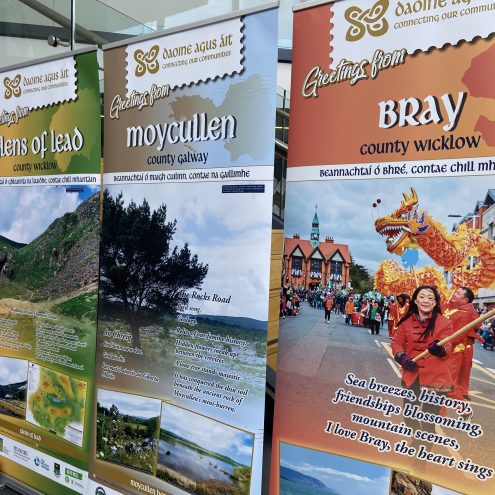
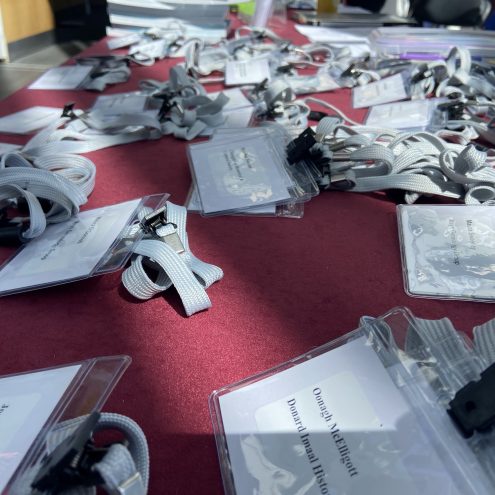
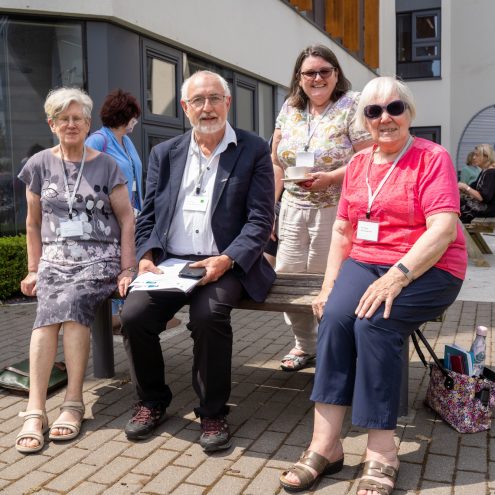
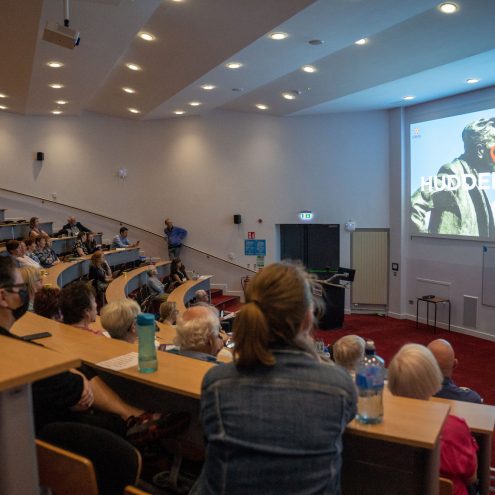
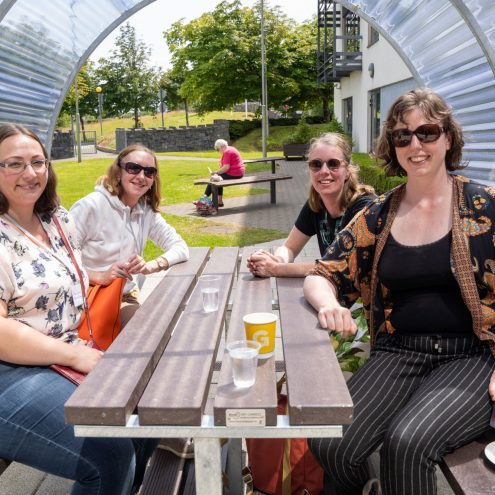
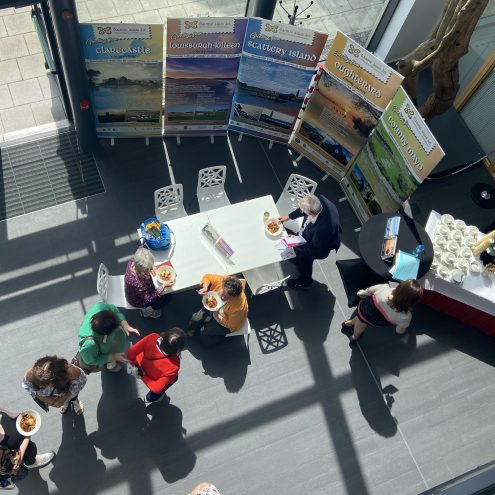
No Comments
Add a comment about this page